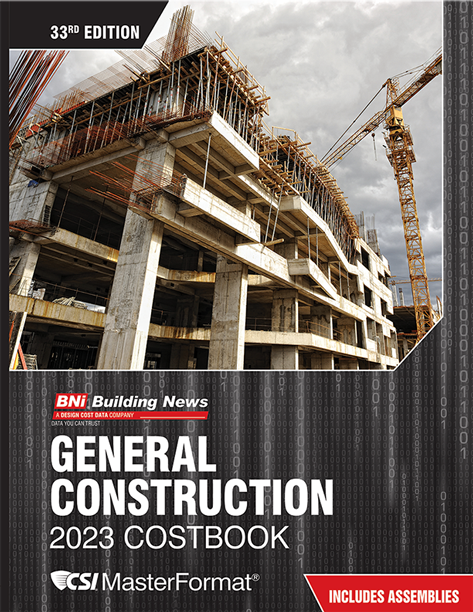The International Building Code tells us that "Masonry, except masonry veneer, shall be constructed within the tolerances specified in American Concrete Institute 530.1/ASCE 6/TMS 602. ACI'sSpecification for Masonry Structuresgives us the erection tolerances for masonry. However, in the construction process, the masonry infill comes last; first comes the poured concrete frame, etc., and then the post-tensioned floors and then the masonry. So, first things first, let us look at the code requirements for concrete construction tolerances. Houston, we have a problem.
Although Chapter 19 of the IBC's 2000, 2003 and 2006 versions include ACI Section 318, "Building Code Requirements for Structural Concrete" by reference, there is no mention of "tolerances" except for rebar placement. However, Section 1906, "Formwork, Embedment Pipes and Construction Joints, Paragraph 1.1-General," says that, "Forms shall result in a final structure that conforms to shapes, lines, and dimensions of the members as required by the construction documents." Please note the verbiage, namely "construction documents."
ACI 117-90, "Standard Specifications for Tolerances for Concrete Construction and Materials," addresses tolerances for concrete construction, such as vertical alignment, lateral alignment, level alignment-the list goes on. However, ACI 117-90 is a reference standard only, which means that it is not a part of the building code and is therefore not mandatory. To become mandatory, as the foreword (F2) to the document suggests, ACI 117-90, with project specific modifications, must be made a part of the construction documents. So, the conclusion is that the code addresses masonry tolerances but unless the designers include project specific concrete tolerances in the project documents, there are no concrete tolerances to follow, so to speak.
So, why are these newly constructed building skeletons so far out of whack and what's being done to prevent it from happening? Well here are a few reasons:
- Project documents are failing to address construction tolerances.
- The architectural drawings don't match up with the structural drawings.
- Quality control people are unable to recognize potential problems.
- Too many trades working in one area, causing bench marks, building line layouts, string lines, forms, etc., to get moved.
- And of course, poor workmanship.
Some designers, general contractors and construction managers are trying to compensate for the mistakes that they feel will invariably be made in the field by setting project specific tolerances with safety factors. By that I mean if they know they need a 6-inch block out, for say a sliding glass door, they will ask for an 8-inch block out and what they finally get is anybody's guess at this point.
Now if there is one thing I learned very early in my career, it was once you start designing for mistakes that are going to be made in the field, you have entered into a never ending downward spiral and you will never recover control of the project. This kind of goes along with that old saying, "Give them an inch, etc."
Remember what I have said before: It's not very hard to do it right, it's just very difficult to get it done right.
I think the formula for success is "quality workmanship" on everyone's part equals "within tolerance construction" and it all starts with the designer and/or spec writer.
But that's just my opinion.




Report Abusive Comment